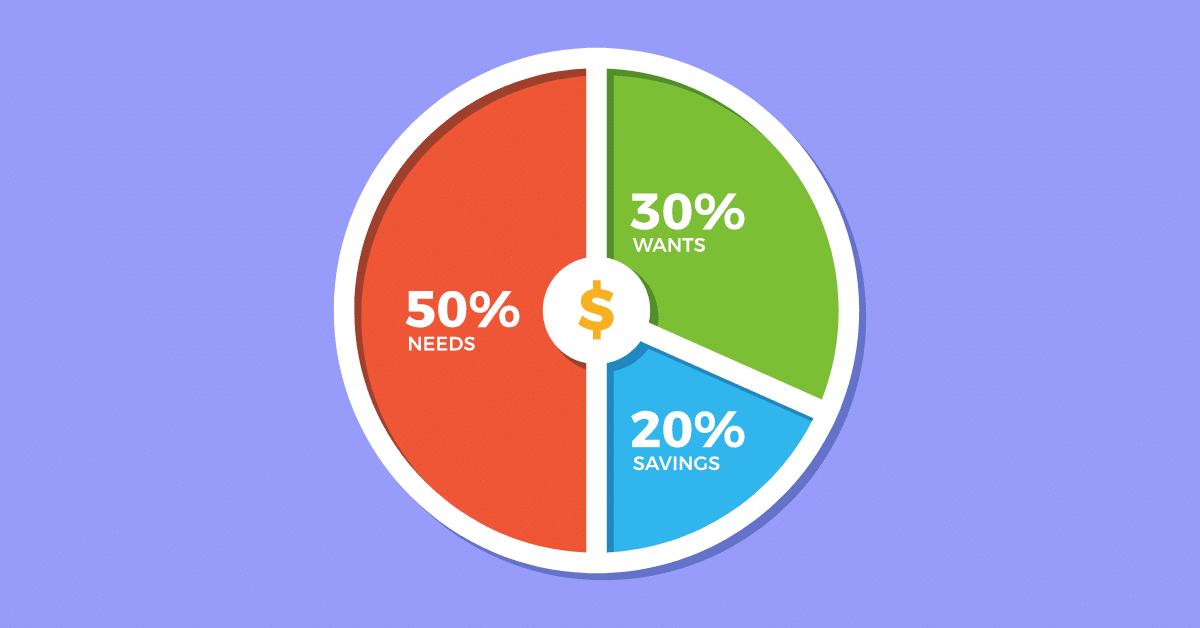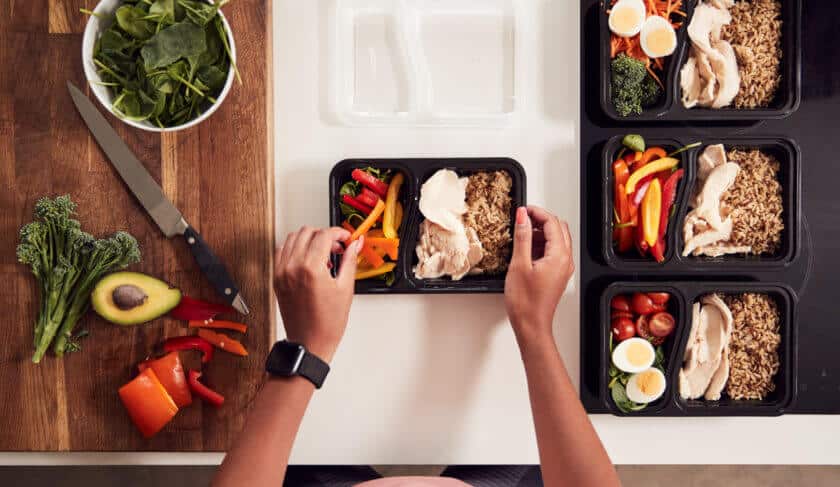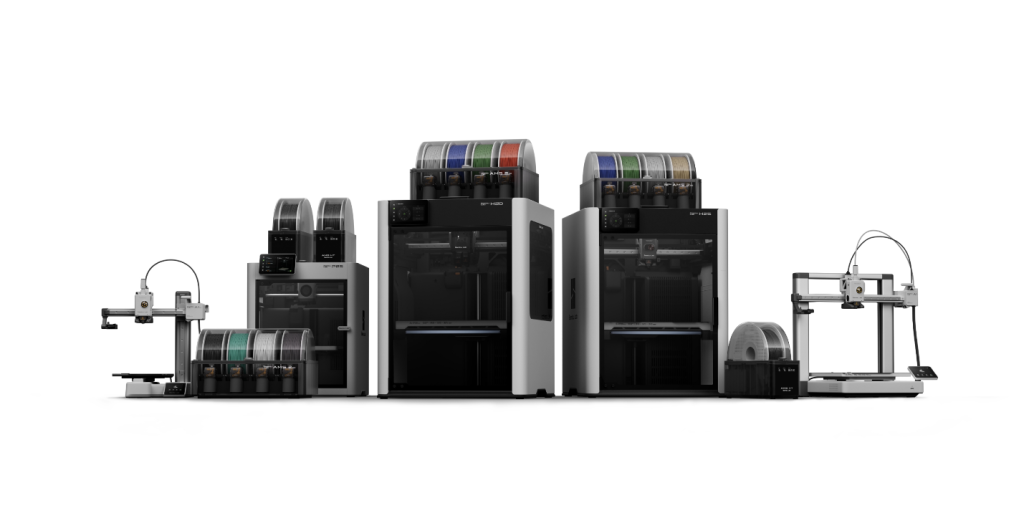In today’s fast-paced world, finding the time and energy to budget can feel overwhelming. We live in a time where our lives are packed with work, personal commitments, and endless distractions, leaving little room for detailed financial planning.
Yet, without a clear plan, it’s easy to find yourself wondering where all your money went at the end of each month. Saving more doesn’t have to be complicated, though. In fact, with just a few adjustments to your routine, you can take control of your finances without sacrificing your busy lifestyle.
Simplify with Automation
The key to effortless budgeting lies in simplicity. It’s about incorporating smart, practical strategies that fit into your daily routine. Gone are the days of rigid budgeting plans requiring you to track every penny manually. Instead, adopting straightforward habits that allow you to save more with minimal effort can have a lasting impact.
One of the first steps toward this is automation. Automating your savings, whether by setting up direct transfers to a savings account or investing through an app, makes saving an easy, hands-off process. You don’t have to think about it; the money is moved before you even have the chance to spend it. It’s a painless way to watch your savings grow without extra work.
Use the 50/30/20 Rule for Easy Budgeting

Another method that fits seamlessly into a hectic lifestyle is the 50/30/20 rule. This budgeting method simplifies where your money should go: 50% toward necessities, 30% for discretionary spending, and 20% for savings and debt repayment. It’s flexible enough to accommodate fluctuations in your monthly expenses but structured enough to keep you on track.
With this approach, there’s no need for daily tracking—just a quick review at the end of each month to ensure your spending aligns with these general percentages. It’s a helpful tool for maintaining financial balance while still enjoying the things you love.
Maximize Returns with Simple Savings Strategies
One easy way to make your money work harder is by finding accounts offering higher returns. Choosing the right savings vehicle can significantly boost your earnings without much effort. For example, High-Yield Savings Accounts (HYSA) are a simple option. These accounts offer higher interest rates than traditional savings accounts, allowing your money to grow while it remains safely deposited.
If you’re curious about how much you can earn, using a HYSA calculator can give you a better idea. You can see how much your savings might increase over time by inputting details like your balance and the account’s interest rate.
For instance, if you deposit $5,000 into an account with a 2% interest rate, the calculator will estimate your earnings, factoring in compound interest over a year or more. This small step makes it easier to decide where to keep your money, ensuring you get the best returns with minimal effort.
Curb Impulse Buying with the 24-Hour Rule

Impulse buying can be one of the biggest challenges in a fast-paced life. The temptation to make quick purchases is ever-present when you’re constantly moving. Whether grabbing an extra coffee while running errands or ordering takeout after a long day at work, these small expenditures add up over time.
The best way to tackle impulse spending is to create a buffer before purchasing. Implement a 24-hour rule for non-essential buys. This gives you time to consider whether you need the item or if it’s just a momentary desire.
After some reflection, you’ll often find that the purchase isn’t necessary. This pause in spending helps you save and encourages mindful spending habits.
Leverage Technology for Effortless Budgeting
Technology is a valuable tool for effortless budgeting. Many financial apps allow you to track your spending automatically, giving you a clear picture of where your money is going each month. These apps can categorize your purchases, alert you when you’re nearing your spending limit, and even offer personalized insights into your habits.
Using a budgeting app removes the need for manual calculations or writing everything down. Its budgeting is made simple and accessible, especially for those who don’t have the time or energy to manage their finances traditionally.
Set Regular Money Check-Ins
Another practical tip for busy people is to set aside a regular “money check-in.” It doesn’t have to be time-consuming. Setting aside 15 minutes once a week can give you a quick overview of your finances. During this time, you can review your bank accounts, check for suspicious charges, and ensure you’re on track with your goals.
Think of it as a financial health check—a small, regular habit that can save you from more significant financial headaches. By making this check-in a routine, you stay in control of your finances without micromanaging every detail.
Save by Meal Prepping and Cutting Subscriptions

Living a fast-paced life often requires balancing convenience and savings. One way to do this is by embracing meal planning and prepping. While it may seem time-consuming at first, meal prepping for the week can save you both money and time. Buying groceries in bulk and preparing meals beforehand reduces the likelihood of resorting to expensive takeout or last-minute grocery runs.
In addition to meal prepping, you can cut costs by reducing unnecessary subscriptions. We’ve all been guilty of signing up for a free trial and forgetting to cancel before the billing cycle starts. Take a moment to review all your subscriptions—streaming services, fitness apps, subscription boxes, and more. Are you using all of them enough to justify the cost? Canceling the ones you rarely use can free up extra monthly cash directly into your savings or toward other financial goals.
Practice Mindful Spending
Lastly, one of the simplest ways to ensure long-term financial success is to cultivate a mindset of mindful spending. It’s easy to think that saving is a painful process of deprivation. But in reality, mindful spending doesn’t mean cutting out all the things you enjoy—it’s about making intentional choices with your money.
Ask yourself if each purchase adds value to your life. Will it bring long-term satisfaction, or is it just a temporary thrill? You save more without feeling restricted by being more thoughtful about your spending.
Conclusion
Effortless budgeting is entirely possible, even for the busiest of individuals. With automation, simple rules like the 50/30/20 method, and different useful tools, managing your finances can become second nature. It’s about incorporating small, manageable changes into your routine that make saving feel less like a chore and more like a natural part of your life.
By taking a thoughtful, consistent approach, you can achieve financial security while still enjoying the lifestyle you love. Saving more doesn’t have to be complicated; it just requires smart strategies that fit your busy day.











